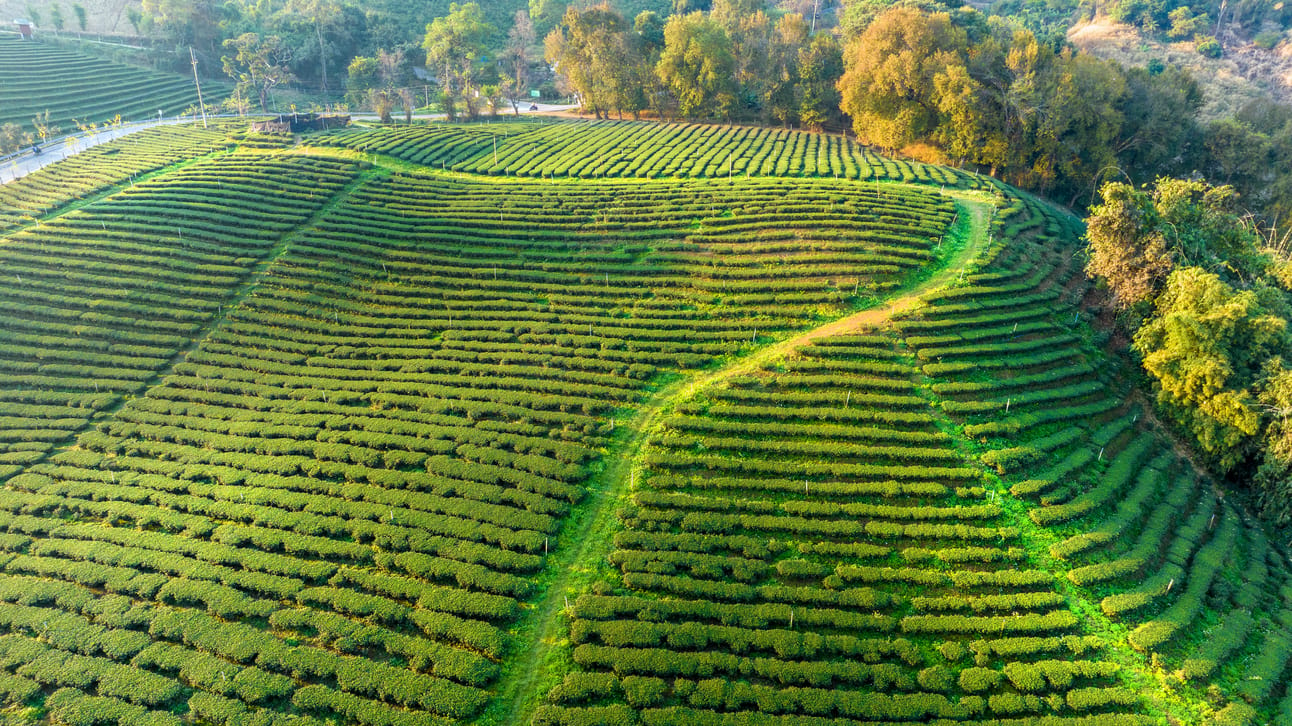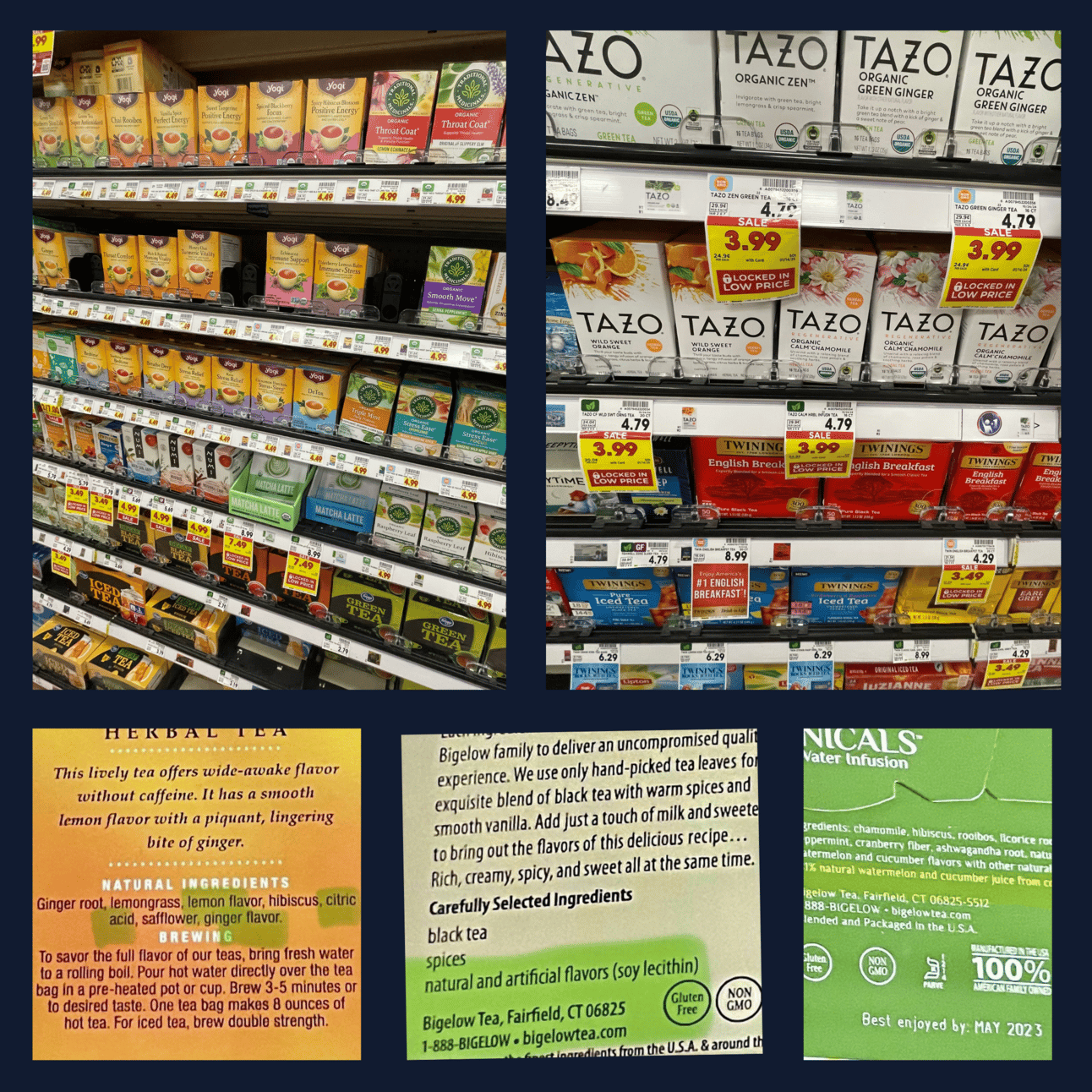- UR Happy Place's Newsletter
- Posts
- Discover the Art of Tea: Cultivation, Quality Tips, and Our Promise to You!
Discover the Art of Tea: Cultivation, Quality Tips, and Our Promise to You!
Learn about tea cultivation, the differences between tea bags & loose leaf, and tips for selecting quality teas.
In this UR Happy Place newsletter, I'm excited to share what we've learned about tea with our beloved family of tea enthusiasts. While crafting this newsletter wasn't easy—as we strive to share authentic information and guide you on a healthy journey of discovering and enjoying tea—I'm thrilled to share the insights we've gained through extensive research and learning. Today, we'll explore tea cultivation, the differences between tea bags and loose leaf tea, and how to select quality tea at the supermarket. Let's begin!
The Art of Tea Cultivation
Tea cultivation is both a science and an art. Tea plants thrive in humid climates, slightly acidic soil, and partial shade. Farmers tenderly care for these plants for 3-5 years before the first harvest. To ensure premium quality, only the top two leaves and bud are carefully hand-picked. The processing methods for green, black, and oolong teas require precise, expert techniques to draw out their unique flavors. We'll dive deeper into these different tea production processes in future newsletters.

Aerial view of tea plantation landscape: Chuyu by Elemrnts.Envato
Tea Bags vs. Loose Leaf
The way we brew our tea creates a significant difference in our tea experience. Remember, quality tea can be steeped multiple times while maintaining its flavor.
Tea Bags: While convenient and quick, they often contain smaller leaf fragments or powder from processing whole leaves, which can result in a weaker flavor. However, some premium tea bags do contain whole leaves—keep an eye out for these!
Loose Leaf: Whole leaves offer a richer, deeper flavor profile, allowing you to experience tea in its most authentic form.
Wow! I’ve always known that tea requires a lot of care to grow—similar to how orchids are cultivated—but learning about the time, soil, sunlight, temperature, and dedication required to grow tea for three to five years has made me appreciate it even more. Now, I feel so grateful for every cup of tea I drink. This has also taught me a life lesson about patience and gratitude.
Selecting Tea at the Supermarket
While visiting a tea shop would be ideal, I understand our busy lives often lead us to the supermarket. Here are some tips for selecting tea, along with insights I gained from Bobby Parrish's educational video during my research:
Look for teas labeled as whole-leaf, high-quality, or organic.
Check ingredients lists for teas without added sugars or artificial flavors.
When possible, examine the leaves for natural, vibrant colors and aromas.
Healthy tea consumption is crucial. While we can't always follow every guideline perfectly, I'm committed to being more mindful when selecting and creating teas. For instance, though I enjoyed peach, tangerine, and honey pear-flavored green teas, I'm now exploring natural alternatives like adding organic honey, dried citrus peels, or dried pear to organic whole leaf teas.

Our local grocery store's tea section
Our Promise to You
At UR Happy Place, we understand this journey takes time, but we believe tea is more than just a beverage. We promise to share all our learning experiences with you, carefully select our ingredients, and create healthy, delicious teas that add joy and peace to your day. Stay tuned!
As this year draws to a close, let's take a moment to appreciate it over a cup of tea and look forward to meeting again in the new year with even more joy! Thank you for being part of this exciting adventure.
Do you know someone who would appreciate the warmth of a good cup of tea? Share this newsletter with them and invite them to join our journey.
Let’s sip, connect, and grow together!
Warmly,
Bo Stanton
Co-founder, UR Happy Place
Reply